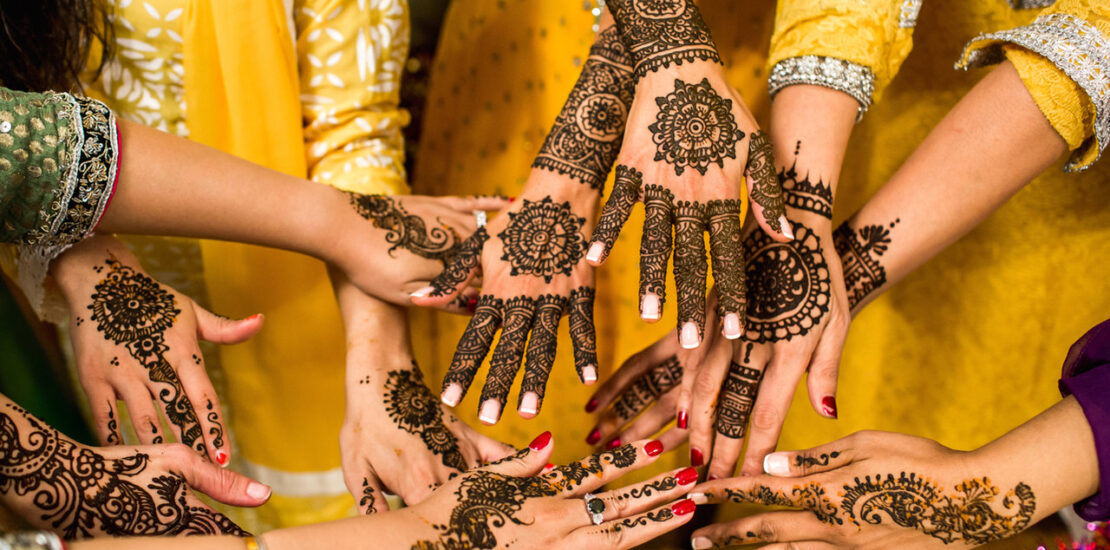- March 4, 2024
- Posted by: Anish
- Category: Feed

Between 2023 and 2028, India will witness the highest growth for any country in the number of ultra-high net worth individuals (UHNWIs), with a net worth of US $30 million or more, according to a report released on Wednesday. According to Knight Frank’s flagship study, ‘The Wealth Report 2024’, the number of ultra-rich Indians will rise by 50.1 percent to 19,908 in 2028 from 13,263 in 2023.
India will be followed by China (47 percent), Türkiye (42.9 percent), and Malaysia (35 percent) as the main reason behind this high growth rate in India is its robust gross domestic product (GDP) growth. Surpassing the analysts’ expectations of 6.6 percent, India’s economy grew 8.4 percent during the October-December 2023 quarter.
The report also highlighted that Asia would dominate the rise in the number of ultra-rich. “Ninety percent of Indian UHNWIs are expecting an increase in their wealth this year,” the report said. Around 63 percent of these UHNWIs expect an increase of more than 10 percent in their wealth in 2024.
While global uncertainty prevails, easing domestic inflationary risks and the likelihood of rate cuts will further accentuate the growth of the Indian economy, and the reflection is echoed by wealthy Indians.
What Young Indians are Spending on?
The data, collected after a decade’s gap, offers insights on shopping trends in the world’s fifth largest economy and its most populous country. Simply put, Indians are spending more on what they want than what they need. It’s a wakeup call for many multinational and local FMCG companies in India, who manufacture necessities like soap and toothpaste and are currently slammed by slowing sales.
The expenditure survey indicating the development of more aspirational behaviours over the last decade for both urban and rural households is reflective of India’s youth-heavy demography.
Even within the food basket, the share of beverages, processed items, purchased meals, milk products, vegetables, eggs, fish and meat is now exceeding cereals and pulses, notably in rural India.
More importantly, non-food expenditure is dominated by transport and consumer durables, with consumer services and entertainment rivalling spends on toiletries and household goods.
The survey was conducted from August 2022 to July 2023 by the government’s National Sample Survey Office. Private consumption is almost 60% of GDP yet the consumption of FMCG has been static at nearly 117 kilograms per household over the last three years.
Most shoppers are looking for products that make their life better, like mobile telephony, streaming services, kitchen appliances. Seldom do they think of buying a better soap to bathe with.
E-commerce and digital advertising have enabled the rise of several niche direct-to-consumer products. While an unequal or K-shaped recovery from the pandemic has fuelled affluent consumption, growth for mass market products has been sluggish. Telecom growth has been moderate and is expected to accelerate while sectors such as jewellery, electric vehicles (EVs), hotels, and other luxury goods are doing well.
Prompt delivery is the most important factor in choosing an online platform for urban Indians, and they are ready to pay a premium price for it. Interestingly, Indians, irrespective of their geographic location, prefer to shop via apps over websites of e-commerce companies.
India’s private consumption is still equivalent to only about a third of China’s and a tenth of the US. Expect more shopping churn as incomes rise and the consumption economy grows.
